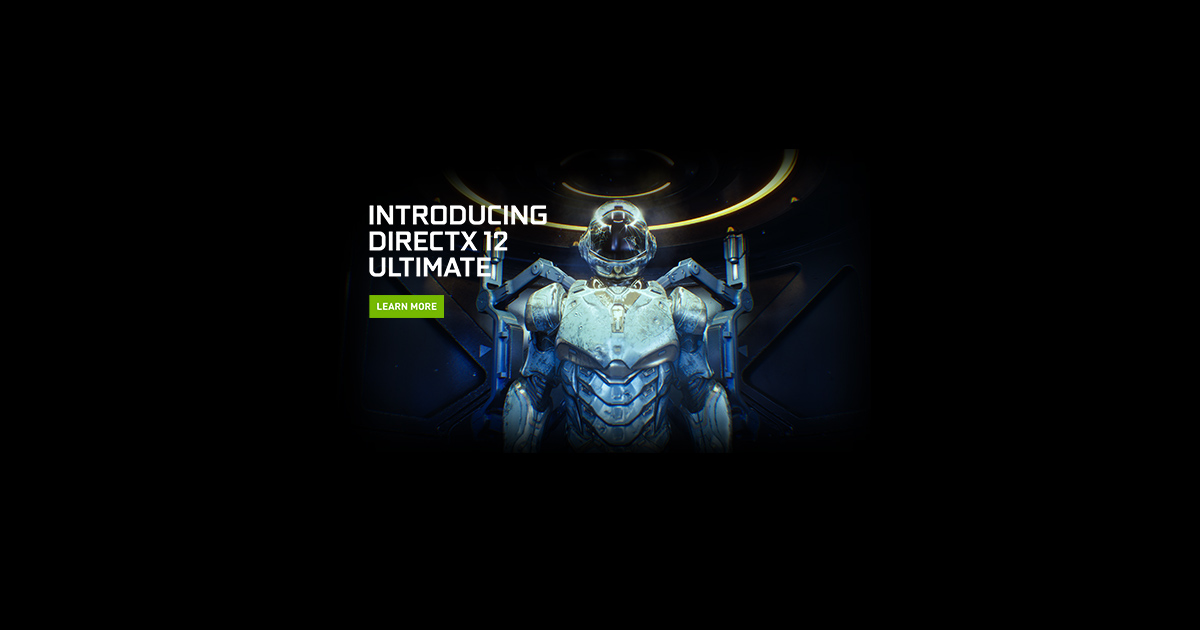It is easy. It is useless to have 12 boxes if they do not fit through the door all together.
You have 12 boxes to fill. So you can't pass all the boxes at once. You must decide which boxes will pass and which will not. That is handled by a coordinator. And the coordinator tells the delivery man which boxes to take.
Mrs. XSX wants to make the move as soon as possible, but it turns out that only 8 boxes can fit on the door at a time. The coordinator is fast, and also uses a box compressor so that 10 boxes can go through instead of 8, but there are several drawbacks. The compressor can only compress the red boxes, and the coordinator also has to coordinate many other things, street traffic, people passing through the door, the space in the room where the boxes are stored, the noise of neighbors who distract the delivery man, search and select what the boxes are filled with, etc. Also, the delivery man is not so fast and is very distracted filling and transporting boxes. So it passes the 10 boxes (not 12) at a certain speed "1x". The lady demands that the boxes arrive, but they do not arrive as quickly as the lady would like, since although she has many boxes, the system is not capable of managing all of them properly.
On the other hand we have Mrs. PS5. You only have 10 boxes to fill. But its door is twice as big, enough for all its boxes to enter at once and there is room for people to also enter and exit through the door. Furthermore, the coordinator has the ability to automatically discard unnecessary boxes, so he doesn't waste time checking boxes that are not going to be used. In addition, anyone in the environment can do the job of the coordinator or the delivery man (even at the same time). The compressor is not that new, but it can compress all boxes, whether they are red or blue. All. And the delivery man is more than twice as fast and manages to pass the boxes at the speed of "2.5x" in the worst case, and "5x" on many occasions. In addition, if someone is left free or without work, they can help to distribute boxes with the delivery man or coordinate work with the coordinator. All this makes this removal company the most efficient ever seen and that the number of boxes available is irrelevant. For that moving system, 12 boxes are not needed, with 10 you can do the same job (and more or better in some cases). Having more boxes would only make the price of the move more expensive without needing any of it.
Of course, having more boxes available always helps to advertise yourself as a top removal company compared to the competition, even if your removal company is normal and ordinary. But it is only that, a smokescreen.
That does not mean that XSX is bad, far from it, it is an extraordinary machine. But PS5 has an efficiency NEVER seen before.
It is true that on PC there are more powerful cards or more powerful systems, but you know that these cards are never used properly, they draw raw power, but they are never used. It is the scourge of PC, an ecosystem that is too varied and unusable. In addition to exorbitant prices.
And I've always been a PCLover, but things as they are, what I've seen on PS5 I only remember something similar when 3DFX and its Glide came out. Its astonishing speed leaves you speechless









